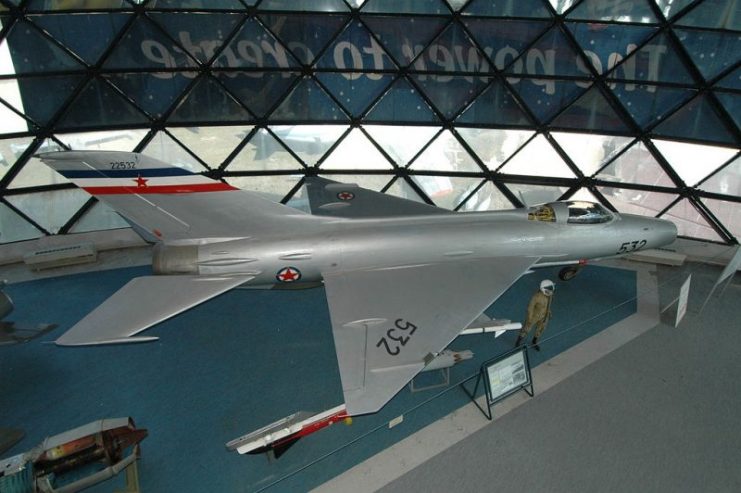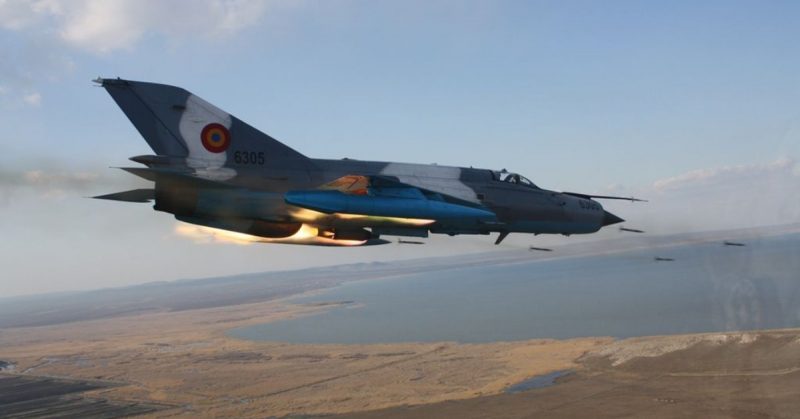The Mikoyan-Gurevich MiG-21 was a Soviet supersonic jet fighter and interceptor.
In many ways, the MiG-21 was a symbol of the effective and simple Soviet system of designing combat aircraft. Due to its high efficiency, about 11,496 MiG-21s were built, making it not only the most-produced combat aircraft since the Korean War, but also the most widely produced supersonic jet of all time.
It has been used by approximately 60 countries, and is still being used today by more than 20 countries, 62 years after its first flight in 1956.
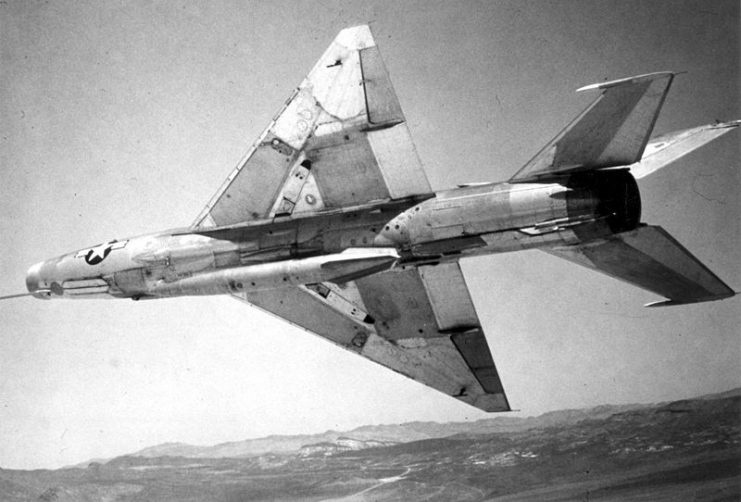
The creation of the MiG-21 was nothing radical–it began along the lines of existing MiGs such as the subsonic MiG-15 and 17, and the supersonic MiG-19.
Its development began in 1954 under Mikoyan OKB, based on the design of a prototype which was named the Ye-1. The Ye-1 prototype was reworked into the Ye-2 after indications that it had an inadequately powered engine.
Both of these and other earlier prototypes were swept-winged, but the successful prototype of what would become the MiG-21 was a delta-winged aircraft, with the designation Ye-4. It made its maiden flight on 14 February 1956.
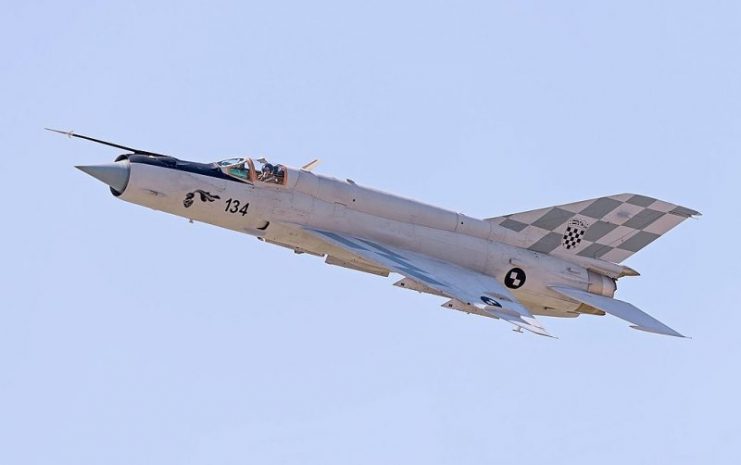
The MiG-21 had the characteristics of both a fighter and an interceptor, and was the first Soviet aircraft that successfully combined the two. It was a very simple and cheap, yet effective design, typical in the Soviet-era military.
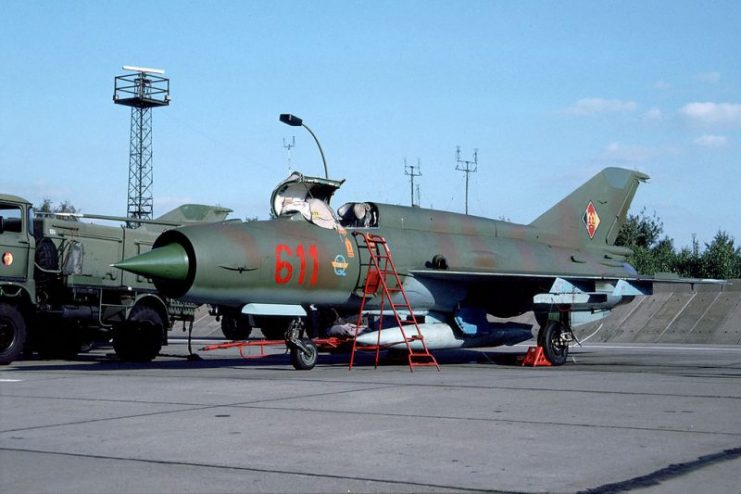
Its light weight allowed it to achieve Mach 2 speeds with a relatively low-powered afterburning turbojet, making it comparable to the American Northrop F5 Freedom Fighter, Lockheed F-4 Starfighter, and the French Dassault Mirage III.
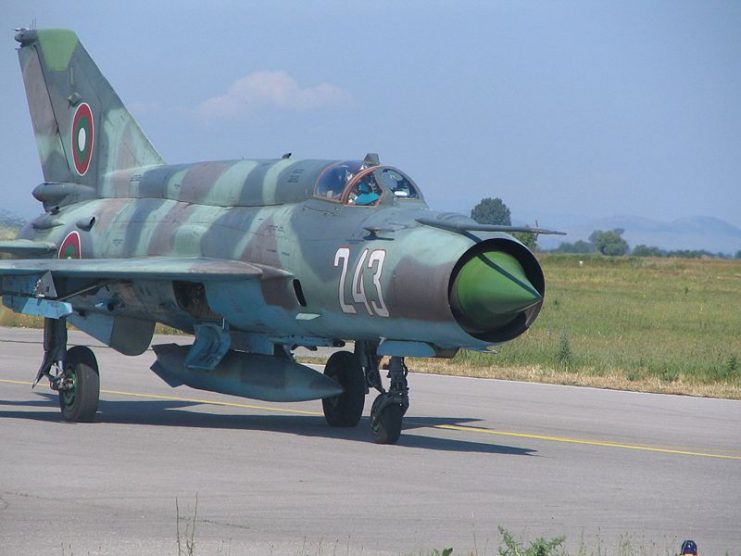
Like many interceptors, the MiG-21 had a short range. This was worsened by the placement of its internal fuel tanks ahead of the center of gravity, making it statically unstable. The Chinese variants improved this aspect.
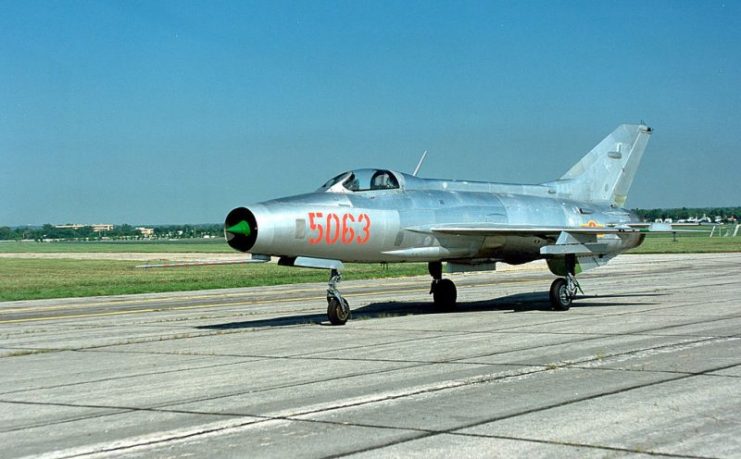
Its delta wings were excellent for fast climbing, but their drawback was usually a rapid loss of speed during any form of turning in combat.
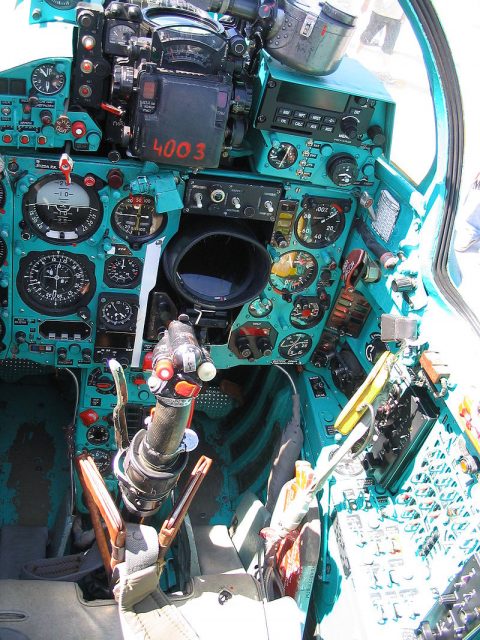
The MiG-21 used a tail with the delta wings that would enhance the safety of lesser-skilled pilots at the extremes of the flight envelope. The technology of the MiG-21 was inferior to that of contemporary designs, but in the hands of a skilled and experienced pilot, the MiG-21 was a tough opponent.
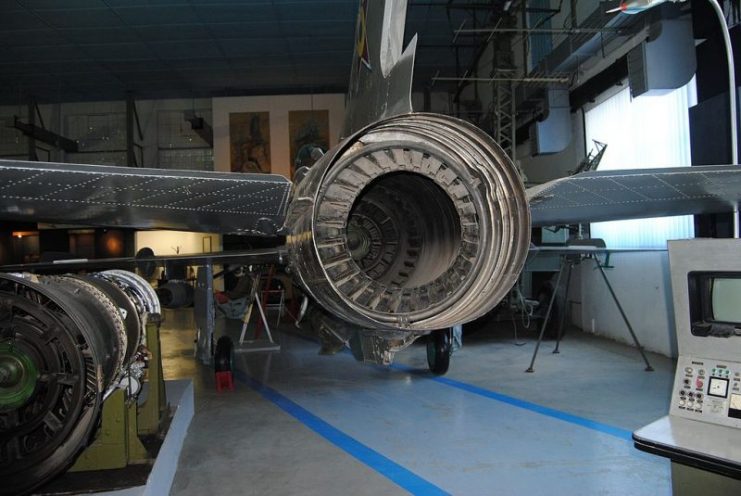
The MiG-21 could carry a fair amount of weaponry. Its armament comprised of a twin-barreled GSh-23 23mm cannon, which was standard, with 420 rounds. It could also carry a variety of air-to-air missiles such as the R-3, R-13M, and R-60 for later models. Additionally, it could be armed with unguided bombs or rockets.
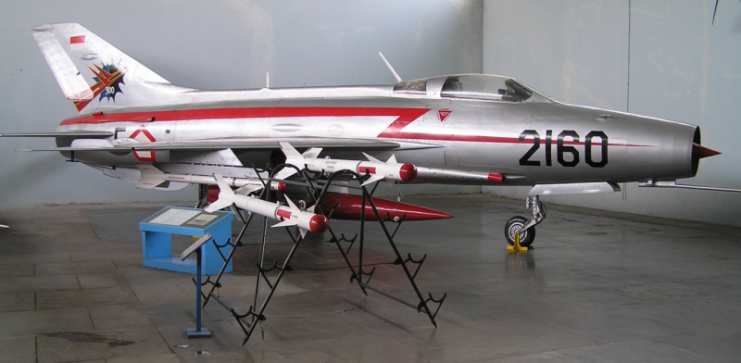
The MiG-21 has been utilized in several locations by numerous countries’ militaries. Its primary operators include the Soviet Air Force, Indian Air Force, Croatian Air Force, and Bulgarian Air Force. In fact, behind Russia and China, India was the third largest operator of the MiG-21. It is still being used by several countries, particularly in the Third World.
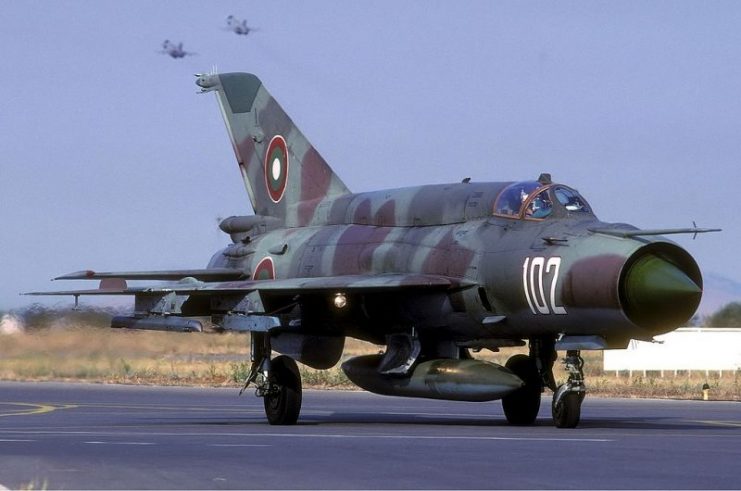
Over the years the MiG-21 has had many variants, each of which came with additional features. The MiG-21F was the earliest version, armed with two 30mm cannons and unguided rockets, and powered by an R-11F-300 turbojet engine. It was followed by the MiG-21F-13, which was improved by an armament of one cannon and two K-13 air-to-air missiles.
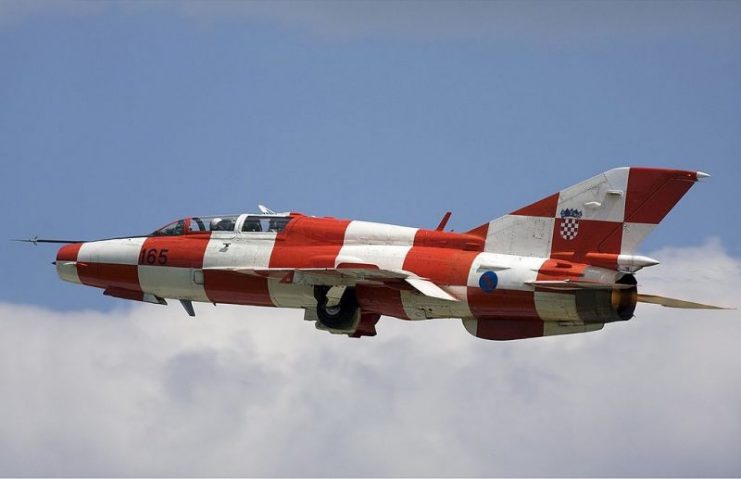
Later versions were improved with radar technology, Rocket Assisted Takeoff (RATO), upgraded avionics, more fuel capacity, and Heads-Up Display (HUD).
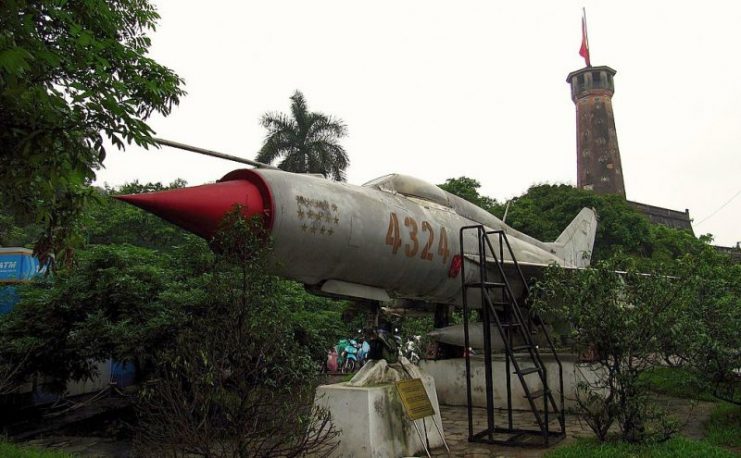
The MiG-21 served the Indian Air Force during the Indian-Pakistani War of 1965, establishing aerial superiority over vital areas in the western region of the conflict.
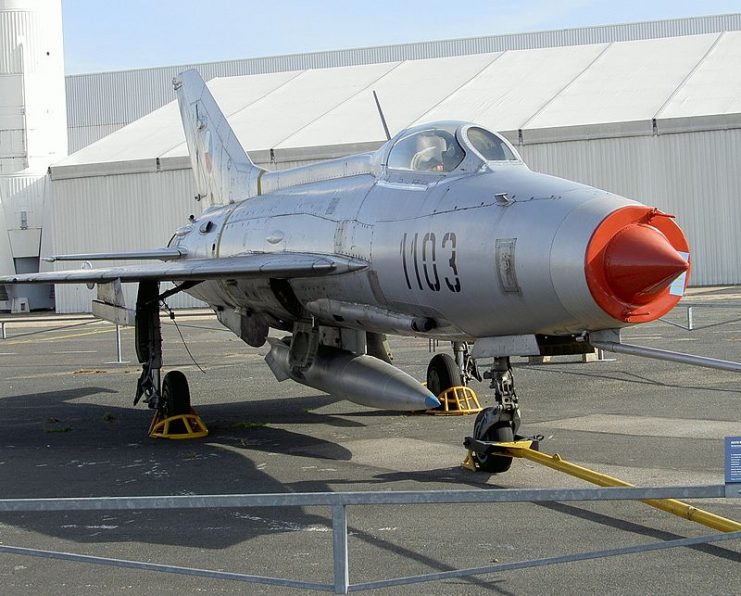
During an aerial faceoff in 1971, the Indian Air Force MiG-21s gunned down four F-104s, two Shenyang F-6s, one North American F-86 Sabre, and one Lockheed C-130 Hercules, all operated by the Pakistani Air Force. Its intimidating performance drew many nations to India for pilot training. By the early 1970s, about 100 Iraqi pilots were trained by the Indian Air Force.
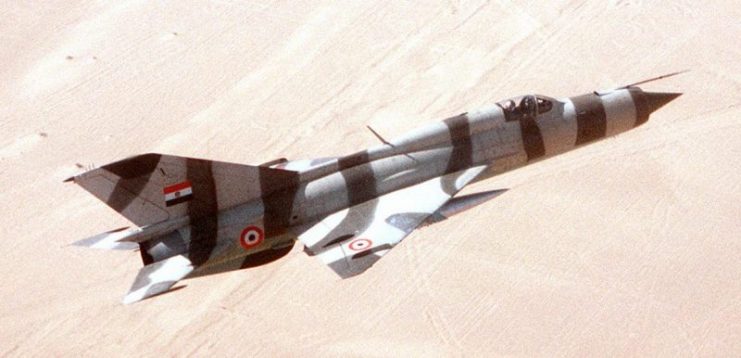
During the Vietnam War, the MiG-21 was renowned for its Ground Control Interceptions (GCIs) capabilities. With its RP-21 Sapfir radar, it was a tough adversary against its multi-mission, heavily armed, and more sophisticated U.S. contemporaries, especially during high-speed hit-and-run attacks under GCI control.
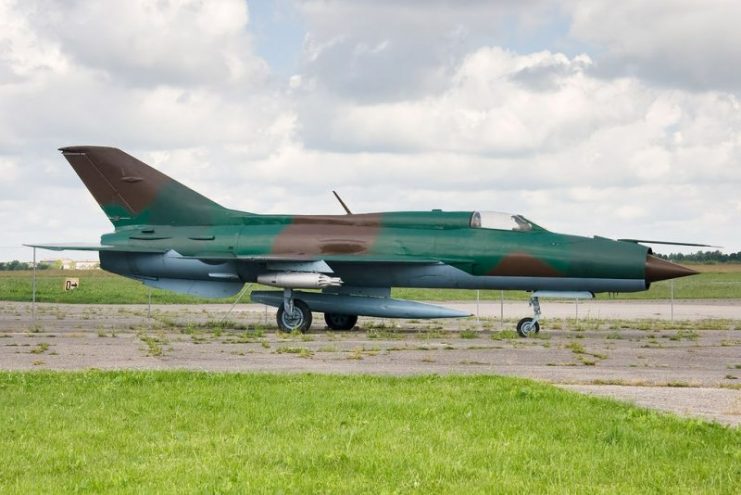
During the Vietnam War, MiG-21s were successful in intercepting Republic F-105 Thunderchief strike groups, either gunning them down or forcing them to drop their bomb loads prematurely.
MiG-21s also featured extensively in the Egyptian-Syrian-Israeli battles, where Egyptian MiG-21s met with Israeli Mirage IIIs and F-4s. The MiG-21s suffered heavy losses, as the Egyptian pilots were no match for the highly skilled Israeli pilots.
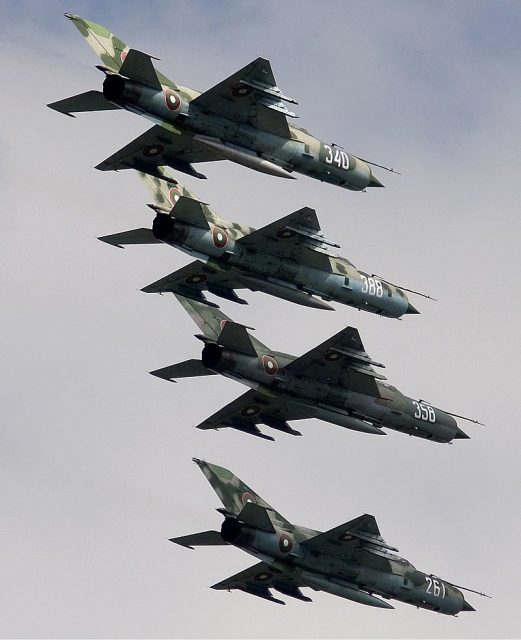
The Syrian conflicts, the Iraq-Iran war, and other Middle East conflicts also saw the use of MiG-21s.
The MiG-21 has produced several aces, with Nguyễn Văn Cố of the Vietnam People’s Air Force being known as the most successful, having scored nine kills in MiG-21s.
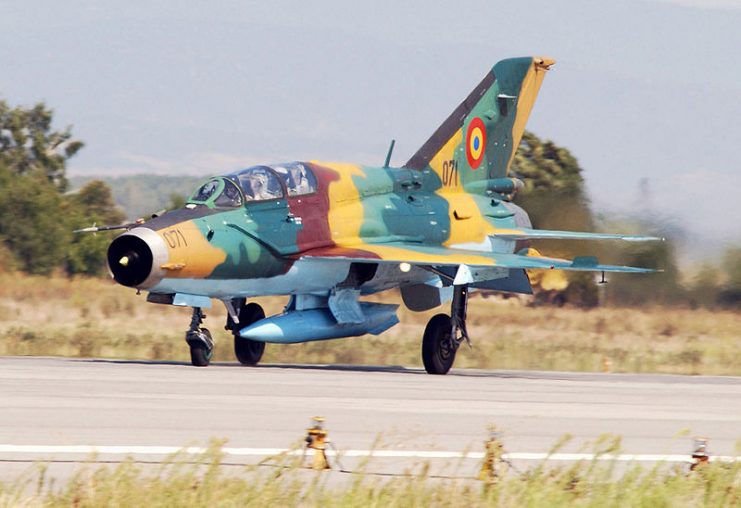
Despite the emergence of the far more advanced MiG-23 and MiG-29, the MiG-21 is still going strong in some countries, with China retaining upgraded versions of the aircraft.
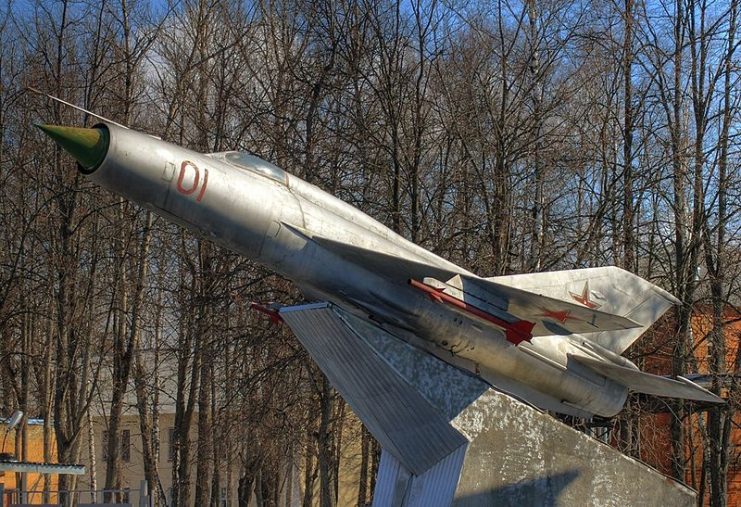
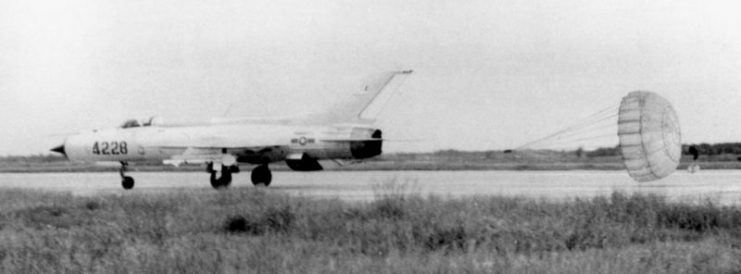
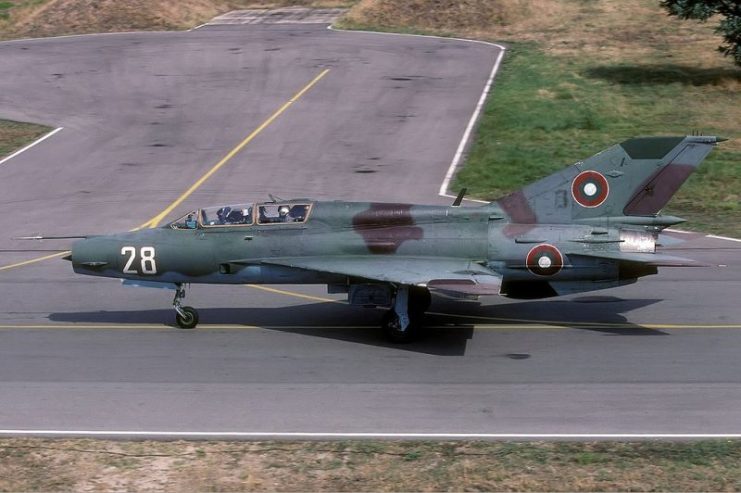
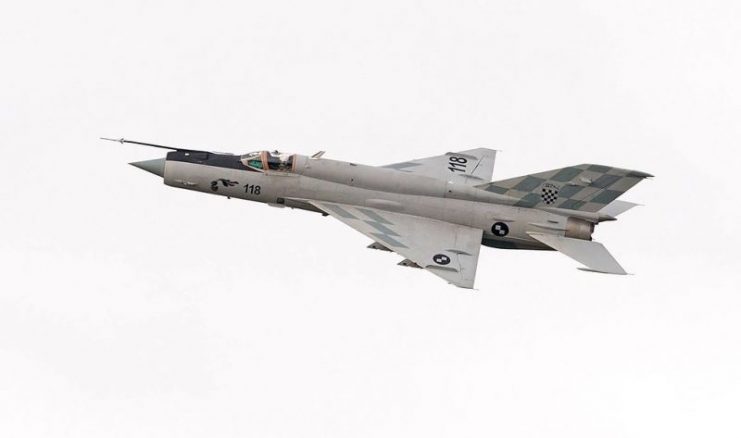
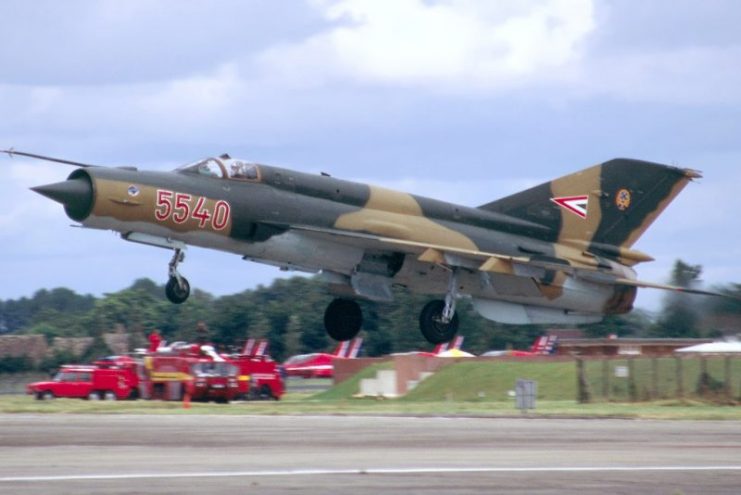
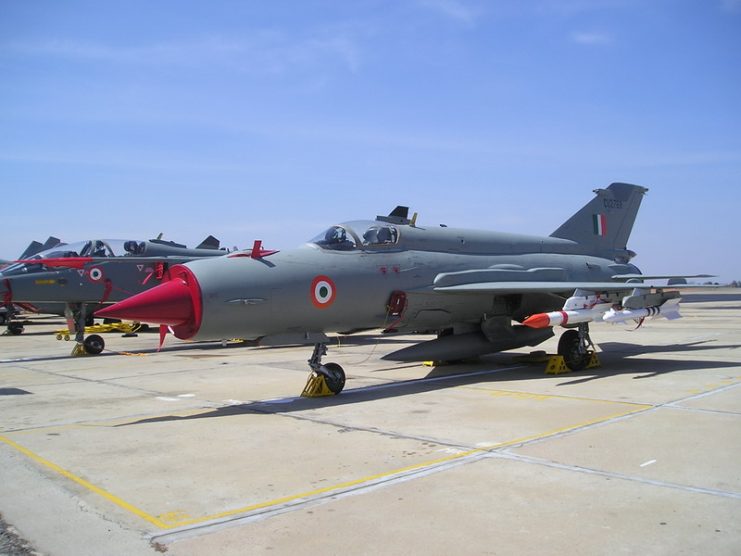

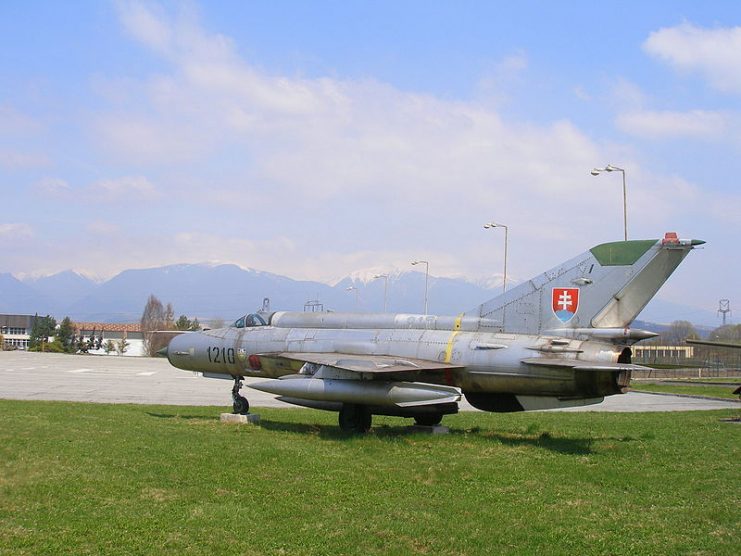
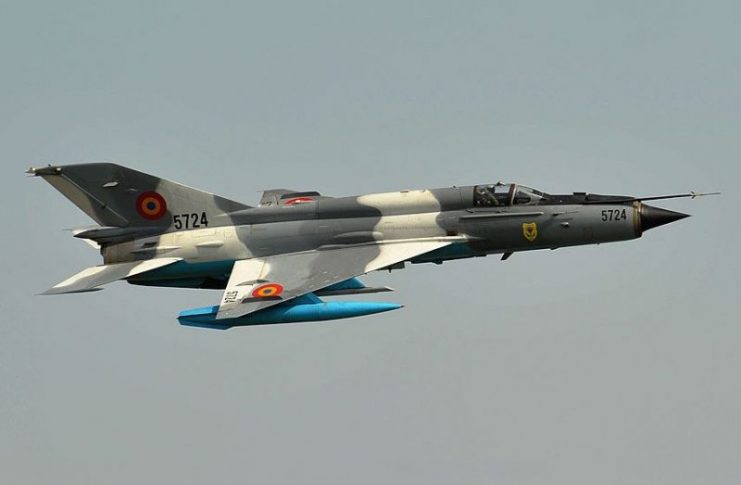
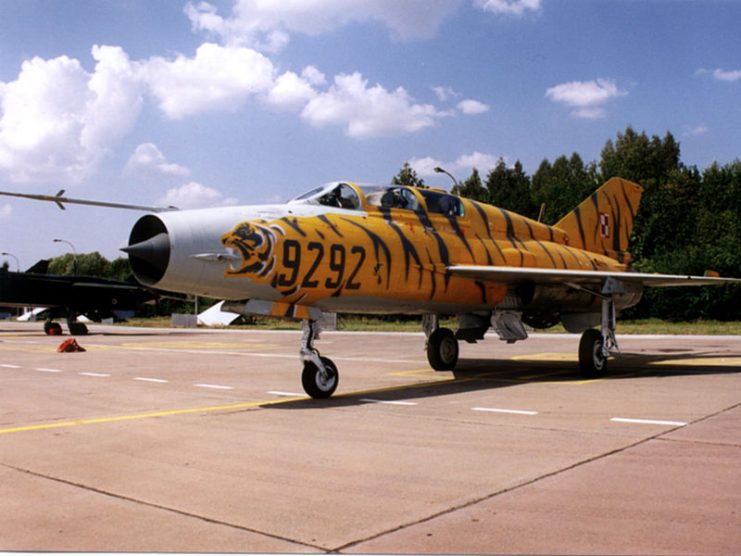
Read another story from us: Remember That Time Israel Stole a MiG 21?
